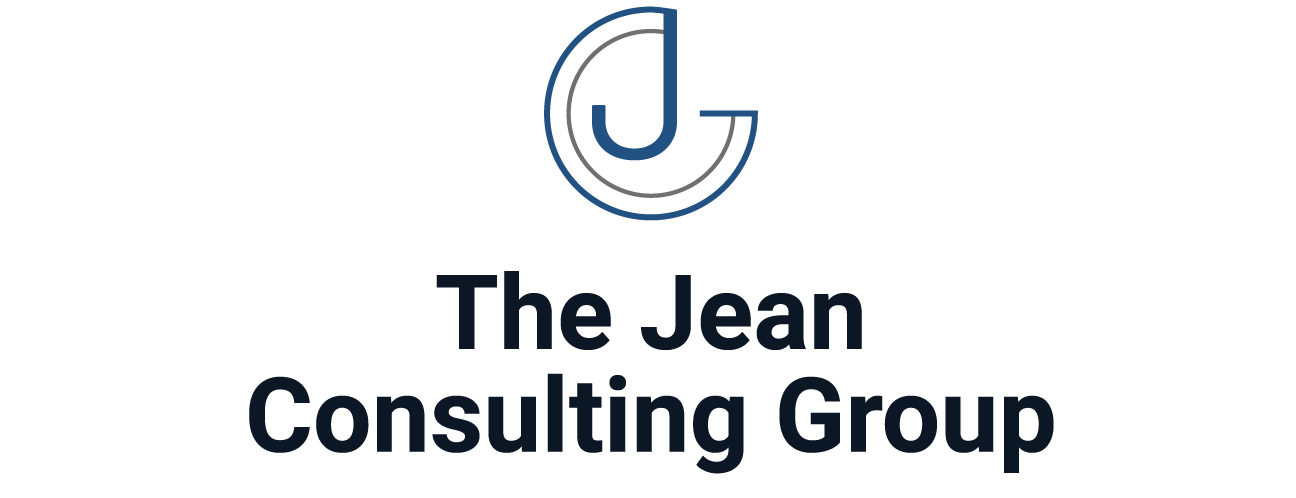In the dynamic landscape of modern business, organizations are continuously seeking strategies to enhance efficiency, productivity, and employee engagement. A pivotal component of achieving these objectives lies in the effective management of workforce performance. This is where workforce management solutions, particularly performance management systems, come into play. These systems are designed to optimize employee performance through continuous assessment and development strategies, thereby contributing significantly to the overall success of the organization. This article explores the integration of performance management systems within workforce management solutions, highlighting their benefits, features, and impact on enhancing organizational performance.
The Crucial Role of Performance Management Systems
Performance management systems are comprehensive tools that facilitate the continuous monitoring and evaluation of employee performance against predefined objectives and standards. These systems are integral to workforce management solutions, enabling organizations to align individual performance with strategic goals, identify skill gaps, and foster a culture of continuous improvement.
Key Features of Performance Management Systems
Modern performance management systems are equipped with a range of functionalities that support effective performance management:
- Goal Setting and Tracking: These systems allow for the setting of clear, measurable goals for employees, aligning them with the organization’s strategic objectives. Employees and managers can track progress in real-time, making adjustments as needed to stay on course.
- Feedback and Coaching: Performance management systems facilitate ongoing feedback and coaching, enabling managers to provide constructive feedback and guidance to employees regularly, rather than solely during annual reviews.
- Performance Assessments: With tools for conducting comprehensive performance evaluations, these systems help in accurately assessing employee contributions, strengths, and areas for improvement.
- Development Planning: By identifying areas for development, performance management systems support the creation of personalized development plans for employees, focusing on skill enhancement and career growth.
- Analytics and Reporting: Advanced analytics and reporting capabilities provide insights into performance trends, helping leaders make informed decisions about talent management and workforce planning.
Benefits of Integrating Performance Management Systems
The integration of performance management systems within workforce management solutions offers numerous benefits:
- Enhanced Employee Engagement: By providing clear goals, regular feedback, and development opportunities, performance management systems enhance employee engagement and motivation.
- Improved Productivity: Aligning individual efforts with organizational goals ensures that employees are focused on activities that contribute to business success, thereby improving overall productivity.
- Data-Driven Decision Making: The data generated by performance management systems supports strategic decision-making regarding promotions, compensation adjustments, and workforce planning.
- Talent Retention: A transparent and fair performance management process contributes to higher employee satisfaction, which is crucial for retaining top talent.
- Cultural Alignment: These systems promote a culture of accountability, continuous improvement, and high performance, aligning employees with the organization’s values and objectives.
Challenges and Implementation Strategies
Implementing performance management systems presents challenges, including resistance to change, the need for training, and ensuring system usability. Overcoming these challenges requires a strategic approach:
- Change Management: Implementing a new system necessitates a change management strategy that communicates the benefits to all stakeholders and provides support throughout the transition.
- Comprehensive Training: Ensuring that managers and employees are well-trained on how to use the system effectively is key to maximizing its benefits.
- Customization and Integration: Tailoring the system to fit the specific needs of the organization and integrating it with other HR and workforce management solutions can enhance its effectiveness and user adoption.
Conclusion
Performance management systems are vital components of comprehensive workforce management solutions, playing a crucial role in enhancing organizational performance. By facilitating goal alignment, continuous feedback, and development opportunities, these systems empower organizations to optimize their workforce potential. The successful integration of performance management systems into workforce management strategies not only boosts productivity and employee engagement but also positions organizations for sustained success in today’s competitive business environment.




